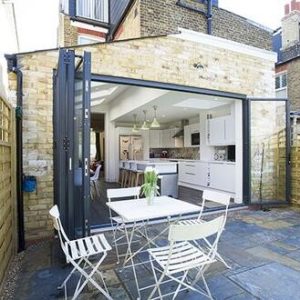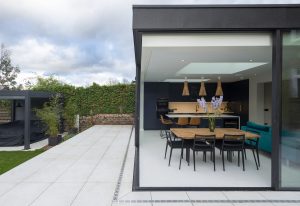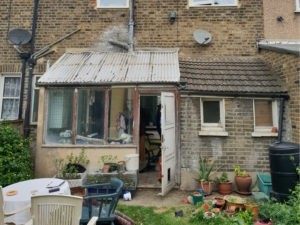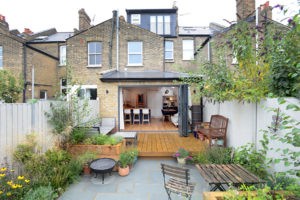Obtaining planning permission is a key requirement for any building project. If you are planning to extend your home, you may well need planning permission for the building work. It is essential to obtain planning permission from your local planning authority before work begins.
Different authorities have different rules, depending on the area and its character. In this article we look at how to avoid any problems at the design and planning stages. Each planning application is different and the planning authority will consider a range of factors before saying ‘yes’ or ‘no’.
Here we give you planning permission application tips from our years of experience and explain how to avoid planning permission issues and prevent planning application refusal. We give you the key steps needed to ensure approval.
Public Consultation and Community Feedback
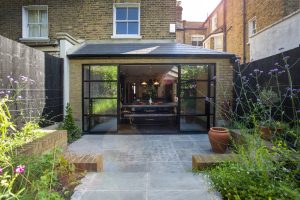
Before submitting a planning application for a home extension, it is well worth discussing your ideas with your neighbours and other local residents to gauge their response to your plans. In doing so, you will be able to identify any potential concerns early on.
They could well be worried about whether the extension will alter the character of the neighbourhood and, if they are close neighbours, they could be worried about privacy and light. By having these discussions early on it demonstrates goodwill to your neighbours and also shows your willingness to adjust your plans if necessary at the design stage.
By doing this, you will reduce the chance of any objections and improve your chances of gaining approval. Overall you will be helping to nurture a more co-operative planning environment in your community.
Pre-Application Advice

It is a very good idea to speak to your local planning authority very early on so that you know the local planning policy. You may well be given guidelines that will ensure compliance before the design process begins.
This will ensure that your proposed extension will meet all the relevant requirements and its construction will comply with all necessary procedures. Again, by doing this early on, you will identify any potential issues. Working within the guidelines of your local planning authority will ensure that your planning application is passed.
The more information that you have gathered will also make life easier at the design stage will be for the architect as they will need to know such details as any height restrictions, what construction materials can be used etc.
Supporting Documents and Evidence
It is essential to carefully plan and prepare your planning application. Most local authorities in the UK provide clear guidance on exactly what is required and often they provide an information pack or an online checklist with all the necessary forms and requirements.
When preparing your planning application, it is important to include all the required supporting documents such as site plans, elevation drawings, a design and access statement, impact assessments ( e.g. flood risk and heritage impact) and environmental studies. These must all be well-presented and complete otherwise there will be delays and the chance of rejection.
It is a good idea to check on the planning section of your local authority’s website or contact them in person to check on the latest documentation requirements and advice.
Time Considerations and Deadlines

Understanding the timeline for the planning process is crucial when planning a home extension as the process involves specific deadlines and statutory time frames. It is essential to know this information to ensure that you submit your application well in advance of the intended start date for work.
Once a planning application for an extension on a house has been submitted, the local authority usually has eight weeks to make its decision. This time period can be extended to 13 weeks for more complex applications. Delays can occur if the application is deemed invalid or further information is needed. It is important to plan ahead and give yourself time to address such problems and to avoid disruption to the project timelines.
Addressing Noise and Disturbance
An important consideration for neighbours when applying to build a home extension is how you will address any noise and disturbance issues – both when the extension is being built and afterwards, when it is in use. Local residents will be concerned about noise and disruption, particularly in quiet residential areas.
It is important to demonstrate in your application that you have considered these issues and that your contractors will only work in working hours to minimise noise and that they will minimise dust and carefully tidy up any mess they make each day. By providing this information, it will reassure both the planning authority and your neighbours.
If your proposed extension is going to generate noise after it has been built because – for example- it will be used as a gym or a music room, it is essential to demonstrate that adequate soundproofing materials will be installed. Once again, by being proactive and demonstrating that you have given your building plans careful consideration, you will reduce the chance of objections being raised.
Sustainability Features and Green Building Practices
Incorporating sustainability features and green building practices into your home extension plans will strengthen your planning application as these features are priorities both at a local and national level. If you are going to incorporate high insulation levels, energy-efficient glazing and low-carbon heating systems, these should all be detailed in your planning application.
If you are using sustainable and recycled materials in the construction process, this shows your commitment to reducing the environmental impact of your proposed extension. The installation of solar panels and rainwater collection points are viewed favourably as local planning authorities favour designs that contribute positively to energy efficiency and are environmentally friendly.
Use of Technology and Virtual Models

It is definitely worth considering using 3D modelling or virtual reality tools in your application to help the planning officers to understand clearly the scale, design and impact of your proposed extension on its surroundings. They will be able to clearly understand all these factors and this will reduce the chance of any misunderstandings – and help them to make a positive decision.
Environmental Impact Considerations
UK planning law protects conservation areas and listed buildings and any proposed development that will affect them will undergo additional scrutiny. If the extension is going to be built in a conservation area, the architect will need to minimise the impact and use materials and a design that harmonise with the existing buildings.
During building work, it is essential that environmental disruption or damage is kept to an absolute minimum. Seek architect guidance for planning permission. Your architect will address how wildlife habitats can be best preserved and how soil erosion will be minimised. Your architect will have had previous experience and know the best approach to obtain planning permission.
Addressing Parking and Transport Links Beyond Design
Addressing any parking problems that your new extension could create is also something to tackle early in the planning stage. Your new extension should not negatively impact parking or traffic flow in the vicinity. It may however, be necessary to incorporate additional parking in your plans to mitigate any potential issues or reduce the scale of the extension to minimise its impact on traffic flow. If this is the case, your local planning authority may require a traffic impact assessment to be completed.
Financial Feasibility and Cost Estimates
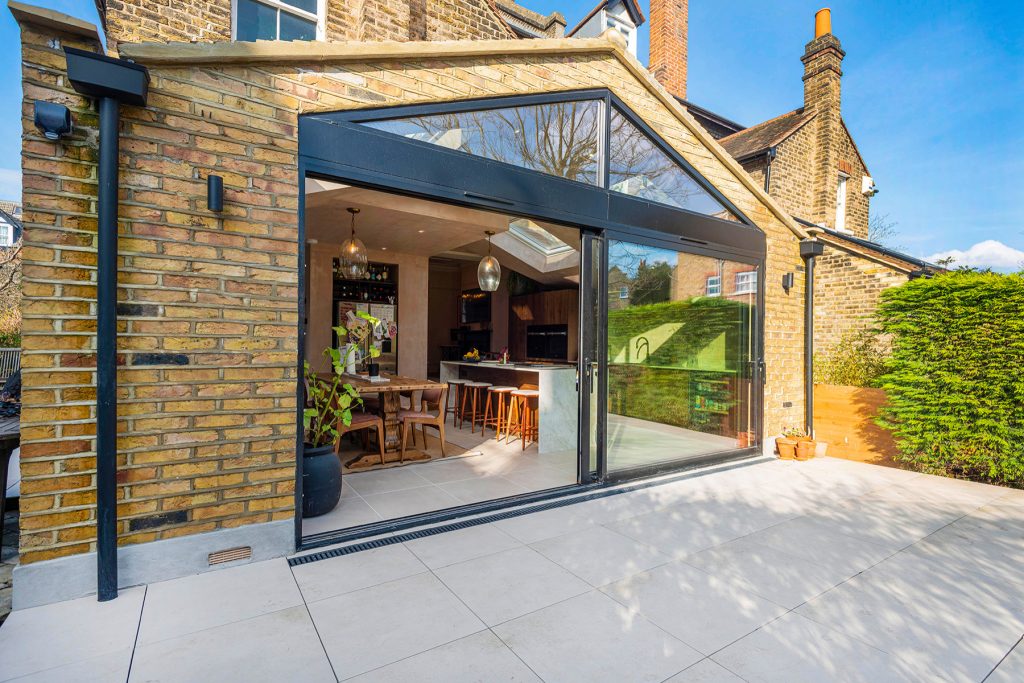
It is important to prepare an accurate cost outline as this will demonstrate the feasibility of building the extension and in turn, will strengthen your application. It will also show that the plans have been carefully thought through. A realistic cost outline will reassure the members of the planning department that the project will be more likely to be completed than abandoned.
Architectural Compatibility with Surroundings
One of the prime considerations of the officers in the planning department is that the new extension will blend and harmonise with its surroundings. Aesthetics are very important and a visibly appealing extension that is in keeping with the architectural style of your main house and other buildings in the vicinity will definitely be viewed more favourably.
Proactive Communication with Local Authorities
From your first enquiry to learn about planning regulations in your area until the planning permission is granted – and beyond, it is well worth nurturing a good relationship with your local planning officers. With good communications and a clear understanding of expectations on both sides, the whole process will run much more smoothly and help prevent planning permission refusal. The planning officers will also be able to advise you on common planning permission mistakes.
Conclusion
With good preparation and careful completion of your planning application you should reduce the chances of delays and objections and give yourself a stronger case for being granted planning permission. Ensure you cover all of our suggested key factors and make sure that your application is well-documented as this will demonstrate your responsibility and responsiveness.
By presenting your fully-completed application – accompanied by the correct documentation – in good time, you will greatly improve your chances of success. You will hopefully not need to seek planning refusal solutions, but will have set the firm foundations for a harmonious extension building project.



